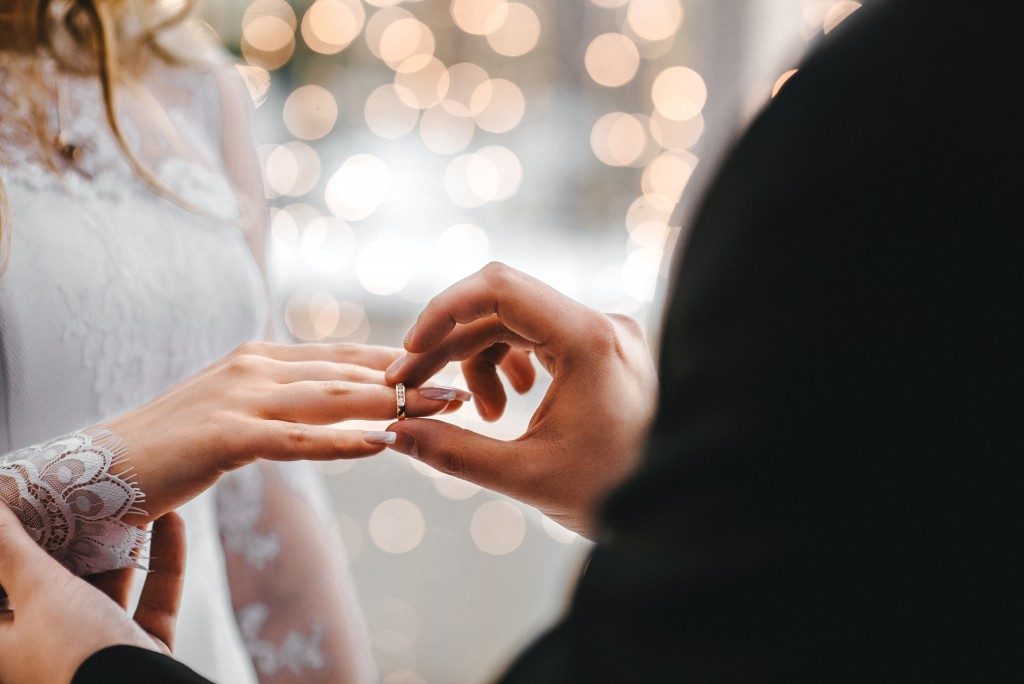Choosing the level of formality for your wedding is a choice rooted both in practicality and taste. Feel free to mix and match options that suit your tastes and budget. It’s your big day, after all.
The level of formality that a wedding should take is a key consideration to make when planning a wedding. Besides determining how expensive the wedding can become, choosing how formal or casual a wedding determines the size of your potential guest lists, and the dress code your wedding guests.
Determining how formal or casual your event is ultimately up to your preference and your budget. Likewise, choosing a specific theme for your wedding will have an impact on the scale of your ideal wedding as you fit everything to suit your budgetary needs. Some choices will come down to what’s practical and feasible. A large formal gathering may take place in the summer because people are more available, while a snow-clad winter wedding may be a more intimate affair by design.
The Levels of Formality
The formality of a wedding event can be sorted according to four tiers:
- A relaxed wedding
- A more organized casual wedding
- A semi-formal wedding
- A formal wedding.
Of these, the formal wedding is what comes to mind when people talk of traditional weddings, where the wait staff serves food, guests are dressed in elegant gowns and tuxedoes, and the cultural trappings of tradition are observed with utmost reverence. These weddings tend to be the most expensive—and most opulent. Besides the demanding wardrobe, traditional weddings require dedicated backdrops for the ceremony and reception.
Today, far too many people would prefer more casual weddings set in more charming yet less conventional backdrops and serving food in buffets. Less strict dress codes can allow the lovely couple to invite more and more of their friends and family without incurring the same amount of expense. These weddings allow couples to explore different aesthetics for their weddings and choose nonconventional themes.
Still others, meanwhile, split the difference, creating a semi-formal event for their gathering. These would often allow couples to pay respect to the traditions they’ve come to cherish while embracing modernity or foregoing the strict adherence to tradition. Both formal and semi-formal events can be held in many charming wedding reception venues in Salt Lake City and other major urban areas in the U.S.
Formality and Dress Codes

The level of formality determines the code of dress that guests would expect to wear at the wedding. Bespoke suits and elegant dresses are a staple for most formal and semi-formal wedding gatherings. A key distinction between formal and semiformal weddings is the style of the tie involved. White-tie events are usually formal evening gatherings, whereas black-tie weddings are a feature of semi-formal weddings.
Casual weddings, meanwhile, can vary in what the guests are expected to wear. Brides have occasionally worn flip-flops in the most informal wedding gatherings, but in general some amount of formalwear—fine dresses and conservative dark suits—are expected for these types of gatherings.
A Matter of Comfort
A final consideration for choosing the tone of your wedding is the comfort level you expect from your friends and family. If your parents and other loved ones are uneasy at the thought of wearing jeans on your big day, your event may lean toward the casual side. Likewise, if your friends and family members aren’t too comfortable being in an excessively traditional setting, you might find a less formal gathering works better for their needs. Feel free to mix and match elements as your tastes and budget sees fit.
